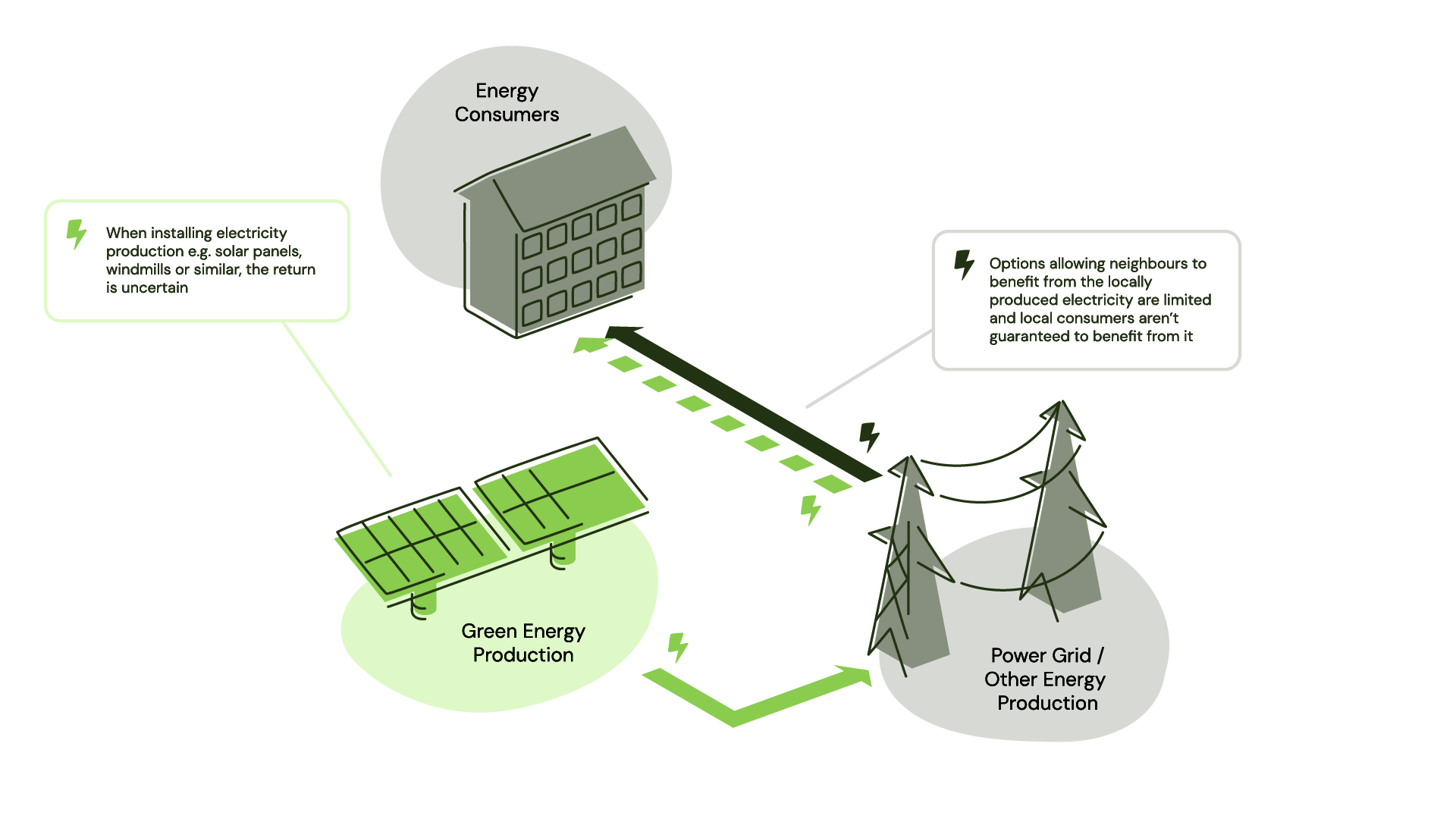
Figure 1, bill example from a participant in Fælledby with consumption.
When installing electricity production e.g. solar panels or windmills, the return is uncertain, and there are limited options to allow neighbours to benefit from the locally produced electricity.
With Keimas Energy Sharing solution, consumers can benefit from locally produced electricity, either via the Energy Community model or the Submetering model (mainly for businesses) or a combination of both.
Energy Communities are an “opt-in” model, where neighbours, businesses or private households can agree to participate in the energy community, which usually gives price benefits on electricity, both in the short and/or long-term, while the consumers get a better overview of where their electricity comes from.
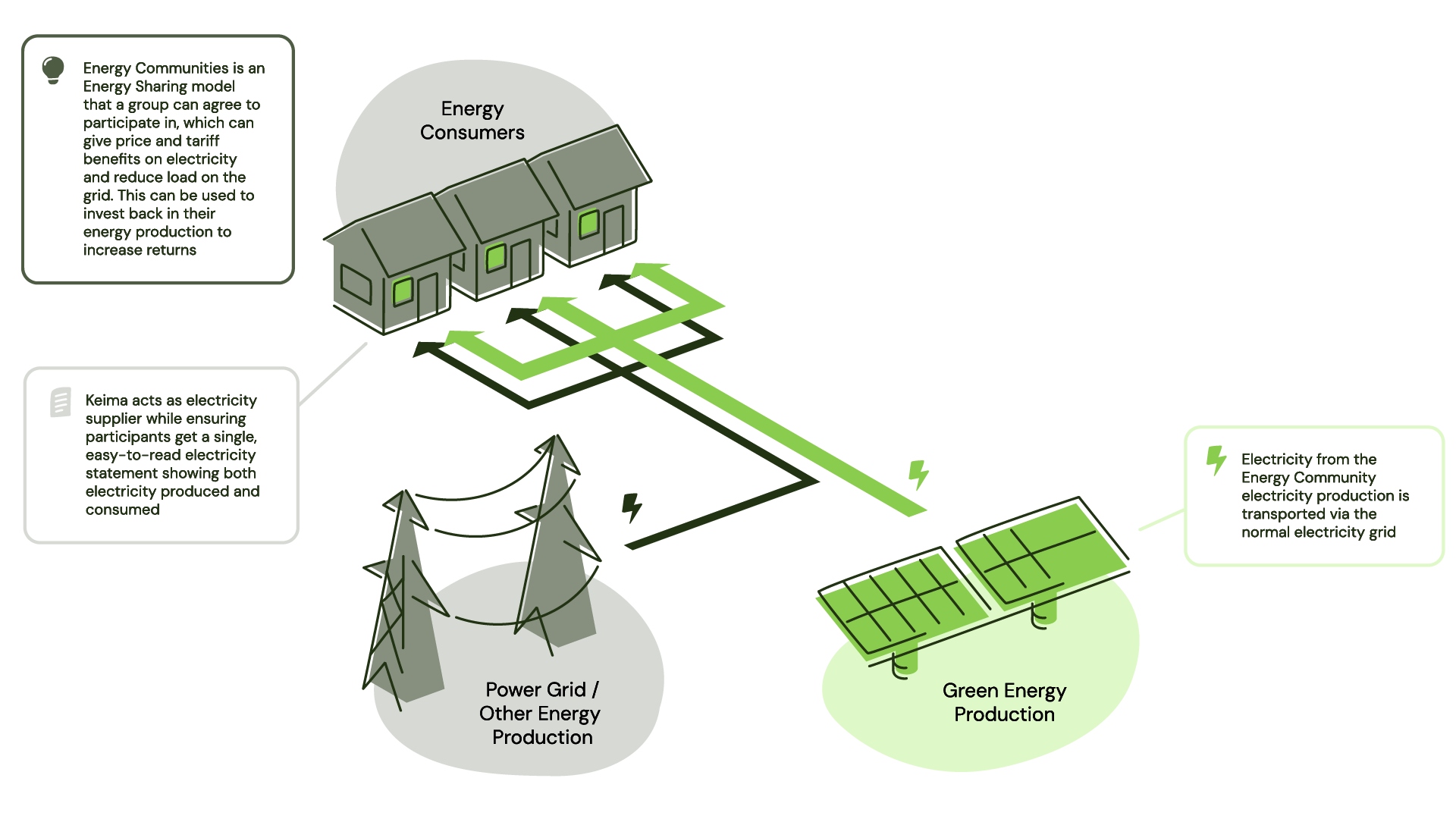
Figure 2 - Energy consumers getting electricity from the energy community electricity production.
The Energy Community model transports electricity via the normal electricity grid and therefore contains taxes and transportation fees. Keima handles the role of electricity supplier and ensures that the participants only get a single electricity statement that contains an overview of their electricity activity, both what has been consumed or produced to the energy community, but also the remaining electricity which has been bought or sold to the spot market.
Besides the economical benefit, the energy communities have the potential to reduce the load on the grid, since production and consumption can be placed and optimized locally. This may consequently lead to reduced transportation tariffs which can give further economical benefits.
In an energy community the electricity production might be owned by a 3rd party, or it could be owned by the members of the energy community themselves. Keima handles the entire cash flow setup and ensures the owners of the assets get the correct payments, no matter the constellation of owners of the electricity production. That way the owners also see the benefits of participating in the energy community without any added administrative impact. The energy community itself can accumulate money from members, which can be used to expand the electricity production owned by the energy community, which further increases the benefits for the members. Each member with electricity production will also see a larger incentive to expand their production and balance consumption, giving each member and the community as a whole, larger cumulative benefits.
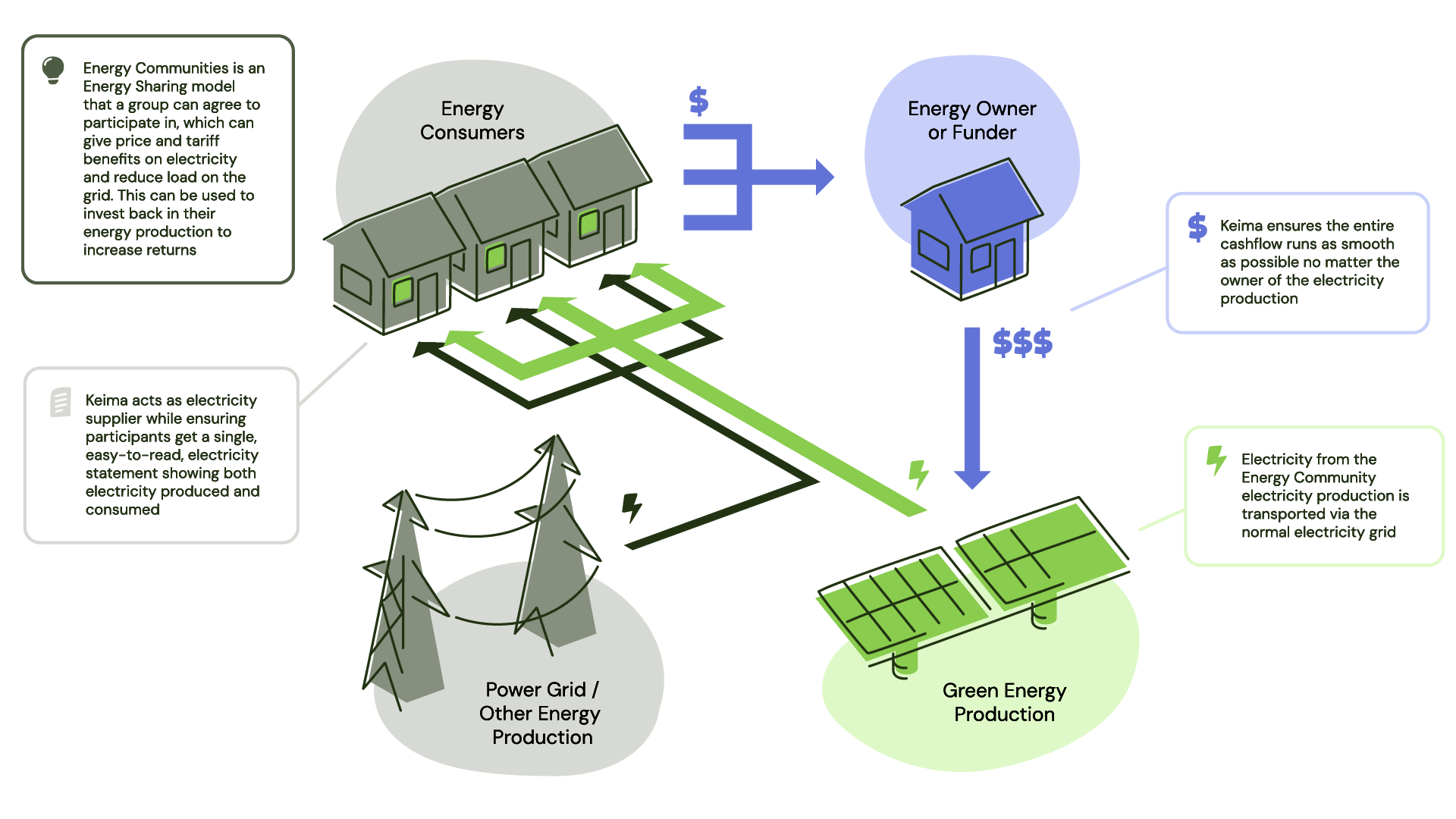
Figure 3 - Energy community with money flow to owner shown.
The energy community economy is relying on simultaneity, the higher the simultaneity the better the economy. Therefore, the energy community model can further increase the incentive for moving consumption and production to have simultaneity, by either adjusting behaviour e.g. considering when to turn on the dishwasher, but also utilizing storage solutions such as electrical heating solutions, batteries or similar.
Submetering differs from energy communities since the public grid is not used for transportation of the shared electricity but instead uses the internal electricity connections, therefore the shared electricity is exempt from taxes and transportation fees. The surplus or deficit electricity still needs to be sold to or bought from the spot market, which is not exempt from the usual taxes and transportation fees.
The Keima solution allows the electricity produced to be sold internally first. While this leads to a higher kWh price, benefitting the investor, there will be no taxes and transportation fees resulting in a very beneficial price for the consumer as well.
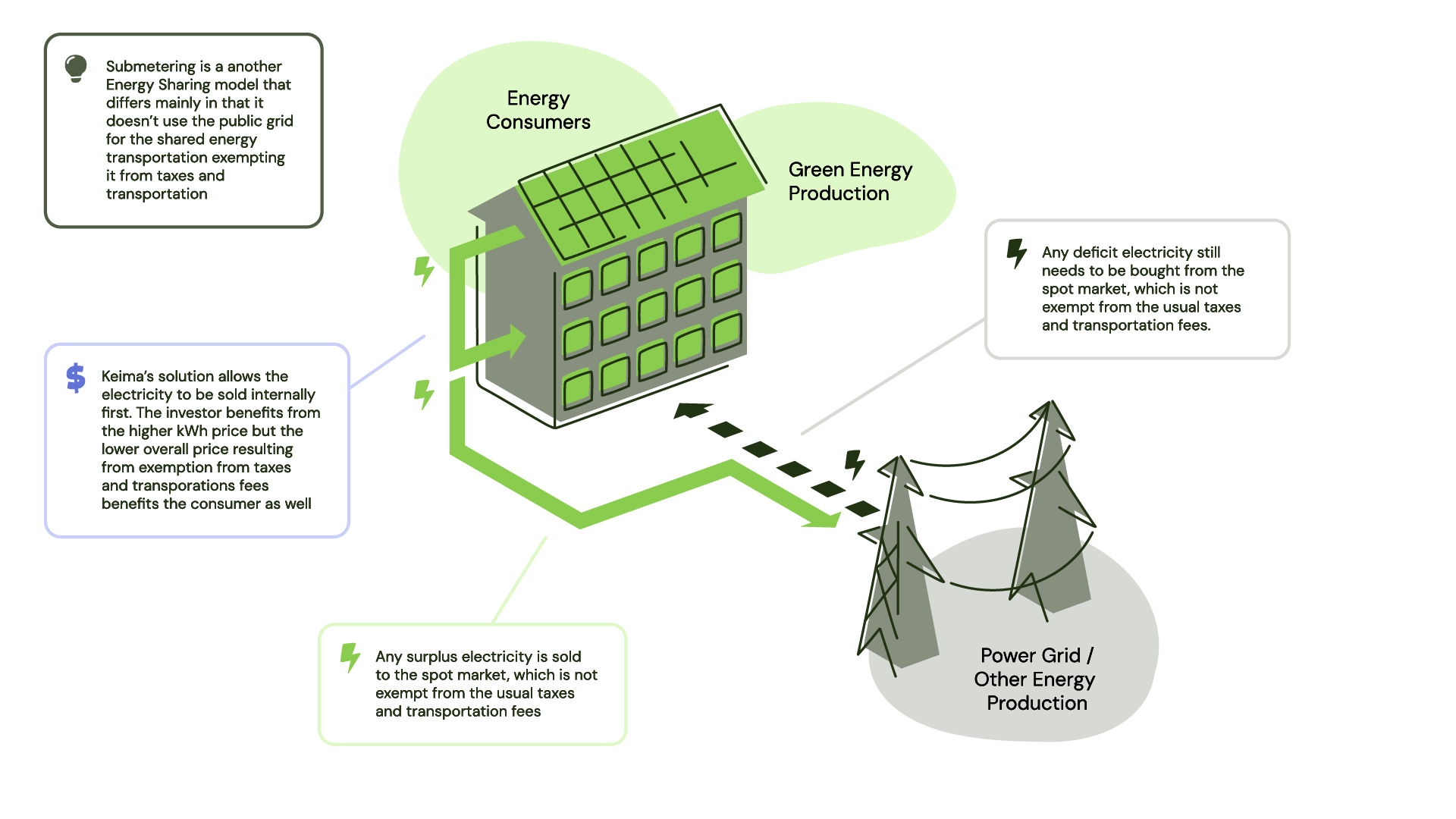
Figure 4 - Submeter setup with internal sharing of electricity production.
This gives up to 500% return on the investment into electricity production with solar panels, while the consumer saves 5-30% on their total electricity bill due to the exemption from taxes and transportation fees. Installing an energy storing solution, such as a battery, the simultaneity can be increased, resulting in further improvements to the economy. The impact of installing a battery can be seen on the graphs below from one of our cases.
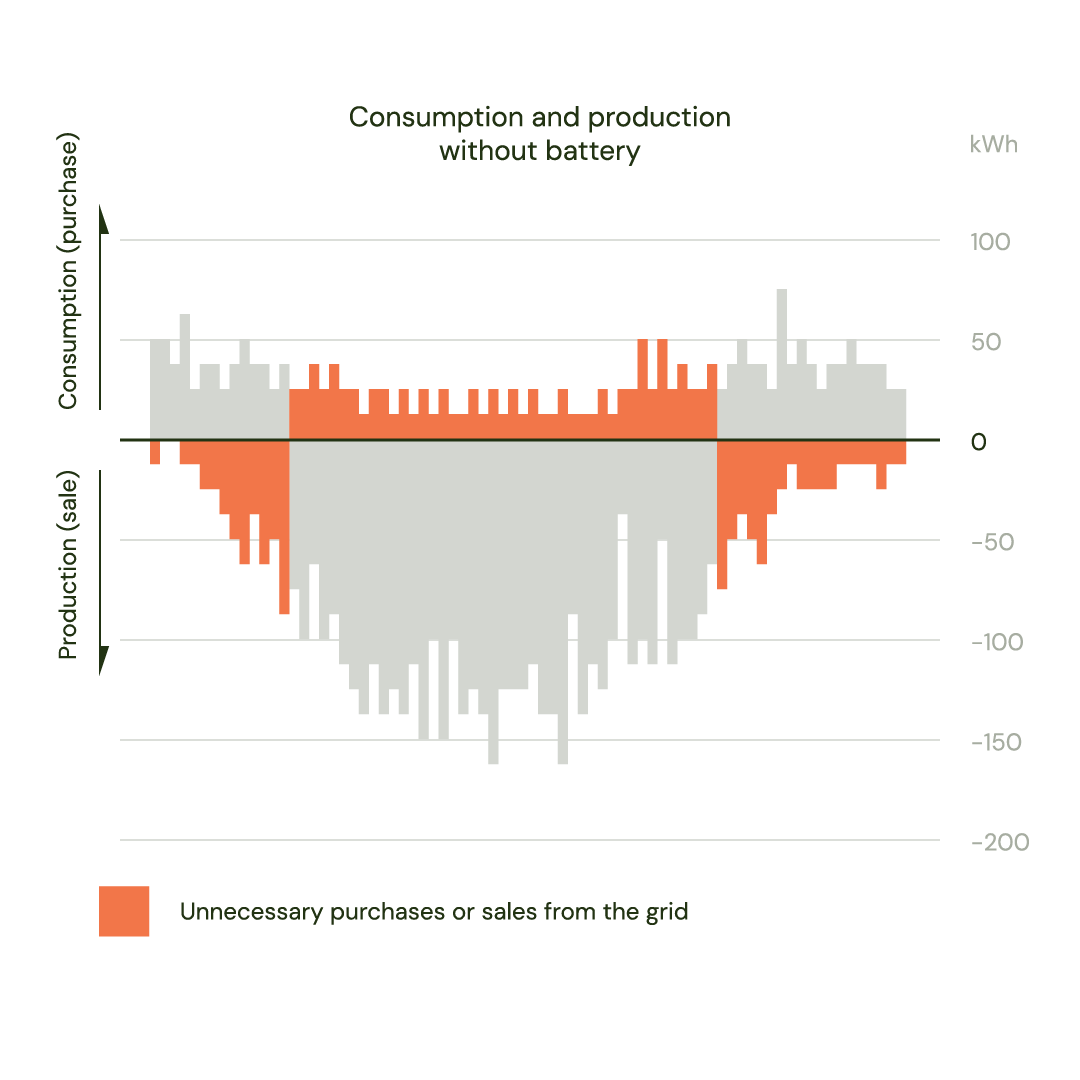
Figure 5 - Graph showing an example from a project where electricity bought from the spot market (positive) and electricity sold to the spot market (negative)
Looking at the above project example (figure 5) in a building without electricity storage (batteries), it is clear to see how electricity is still bought from the grid (spot market) during months with high amounts of electricity production, and conversely, electricity is sold to the spot market in periods with low levels of production. Installing batteries on this submetering case meant an increase in ROI of ~20%pt.
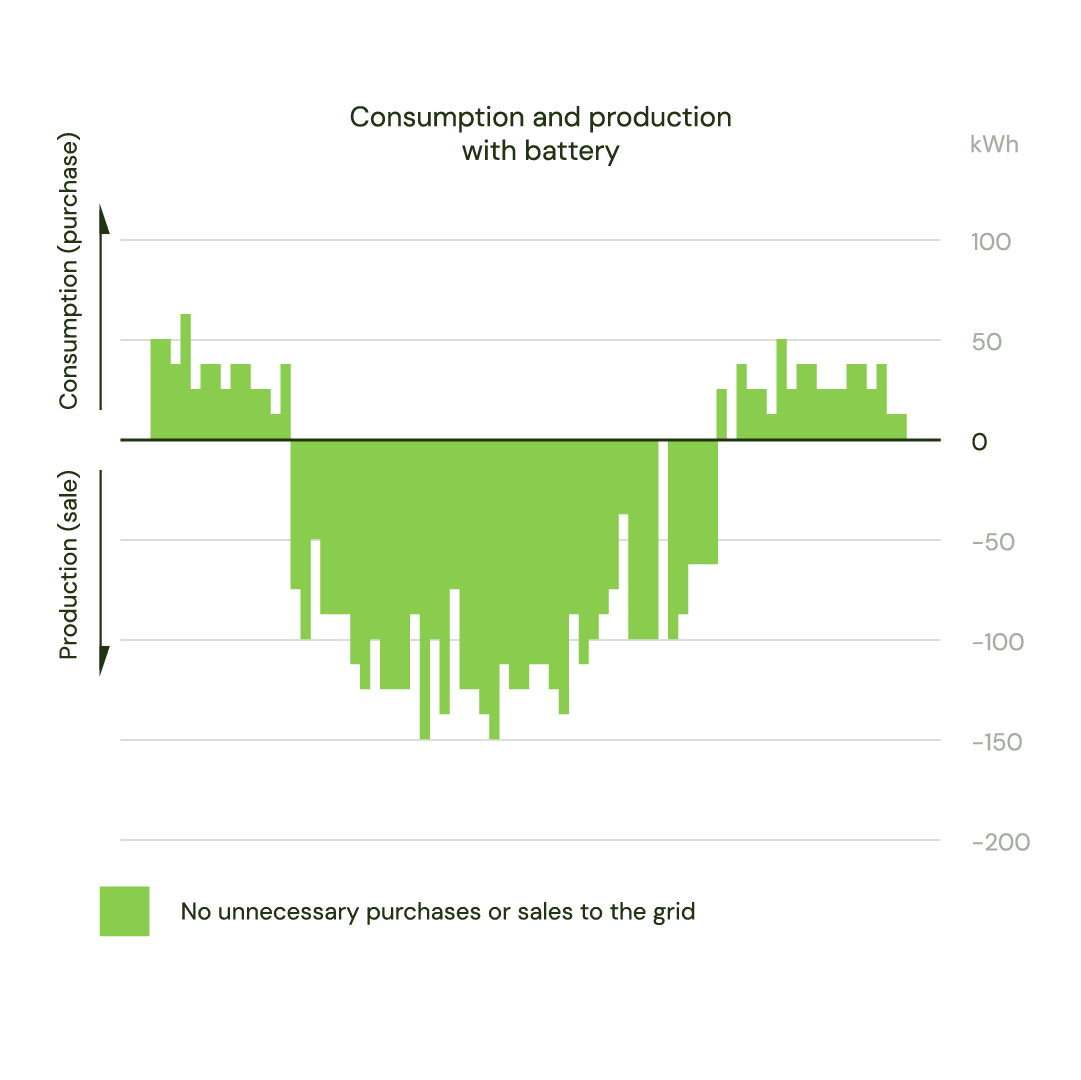
Figure 6 - Graph showing electricity bought from the spot market (positive) and electricity sold to the spot market (negative) for a specific project
The impact of implementing a battery is clearly seen above (figure 6), as it has practically eliminated any unnecessary buying and selling to the spot market, significantly improving the submetering business case.
Keima handles billing for all members and distribution of returns through simple billing formats, making administration as simple as possible for asset owners and consumers.
If batteries are installed, Keima can help with balancing services and increasing returns further.
Tell us about your project, and we’ll get back to you with our assessment of the potential.
©2025 Keima ApS. All rights reserved.